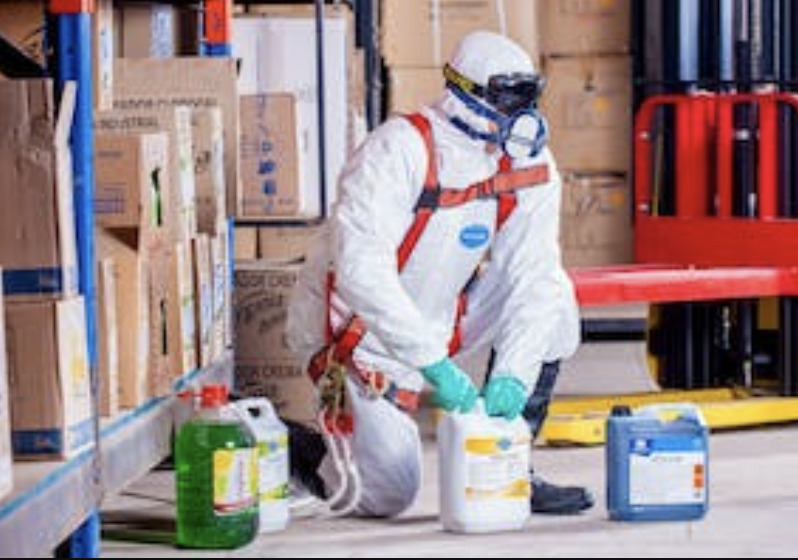Pests can be a major problem for businesses, and this is especially true for those located near woodland areas. Rodents, insects, and other pests can cause damage to property and equipment, spread diseases, and harm the reputation of the business. Here are some tips for handling constant pest threats in a business building near a woodland:
- Seal Entry Points: Pests can enter the building through even the smallest of cracks and crevices. Regularly inspect the building and seal any entry points to prevent pests from entering.
- Store Food Properly: Pests are attracted to food, so it’s important to store food and trash securely. Keep food in airtight containers and dispose of trash regularly.
- Use Traps and Baits: Traps and baits are effective in controlling pest populations. Place them in areas where pests are likely to be found, and regularly check and dispose of trapped pests.
- Keep the Premises Clean: A clean environment is less attractive to pests. Regularly sweep, mop, and disinfect surfaces, and dispose of any organic material properly.
- Pest control companies: If pest problems persist, it may be necessary to hire a professional exterminator company. They will have the experience and equipment needed to effectively control the pest population.
- Implement a Pest Management Plan: A pest management plan can help prevent and control pest problems by identifying potential risks and implementing preventative measures. It should include regular inspections, maintenance procedures, and procedures for responding to pest sightings.
- Landscaping and Yard Maintenance: Proper landscaping and yard maintenance can also help prevent pests from entering the building. Trim trees and bushes away from the building, and remove any piles of leaves, firewood, or other organic material that could attract pests.
- Keep the Building Dry: Moisture is attractive to many pests, so it’s important to keep the building dry. Repair any leaks, use dehumidifiers, and ensure proper ventilation to keep moisture levels low.
- Use Natural Pest Repellents: Natural pest repellents such as vinegar, cinnamon, and eucalyptus oil can help keep pests away. These products are safe to use and can be effective in controlling pest populations.
- Educate Employees: It’s important to educate employees about pests and their potential impact on the business. Teach them how to identify pests, report sightings, and follow proper pest control procedures.

- Regular Pest Inspections: Regular pest inspections are important in detecting and preventing pest problems before they escalate. Conduct regular inspections of the building, especially in areas where pests are likely to be found such as storage rooms, kitchens, and bathrooms.
- Use Pesticides Wisely: Pesticides can be an effective tool in controlling pest populations, but they should be used with caution. Always follow label instructions and use the minimum amount necessary to control the pest problem.
- Monitor Weather Conditions: Weather conditions can play a role in pest activity. For example, heavy rain can drive pests indoors, and warm weather can increase the populations of certain pests. Regularly monitor weather conditions and adjust pest control measures accordingly.
- Collaborate with Neighbors: Pests can travel from one building to another, so it’s important to collaborate with neighbors to prevent and control pest problems. Share information about pest sightings and control measures, and work together to prevent pests from spreading.
- Regular Maintenance: Regular maintenance can help prevent pest problems by fixing potential entry points and keeping the building in good repair. Schedule regular maintenance inspections to identify and repair any potential pest entry points.
By implementing these tips, businesses can effectively handle constant pest threats and maintain a safe and healthy environment for employees and customers. Remember, it’s always better to take preventive measures rather than wait for a pest problem to escalate.

